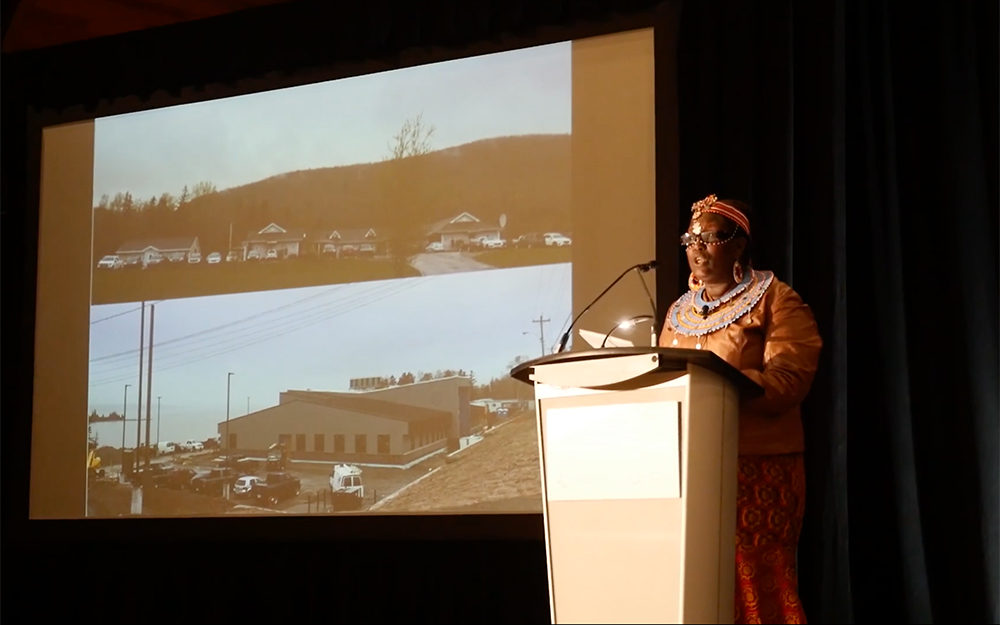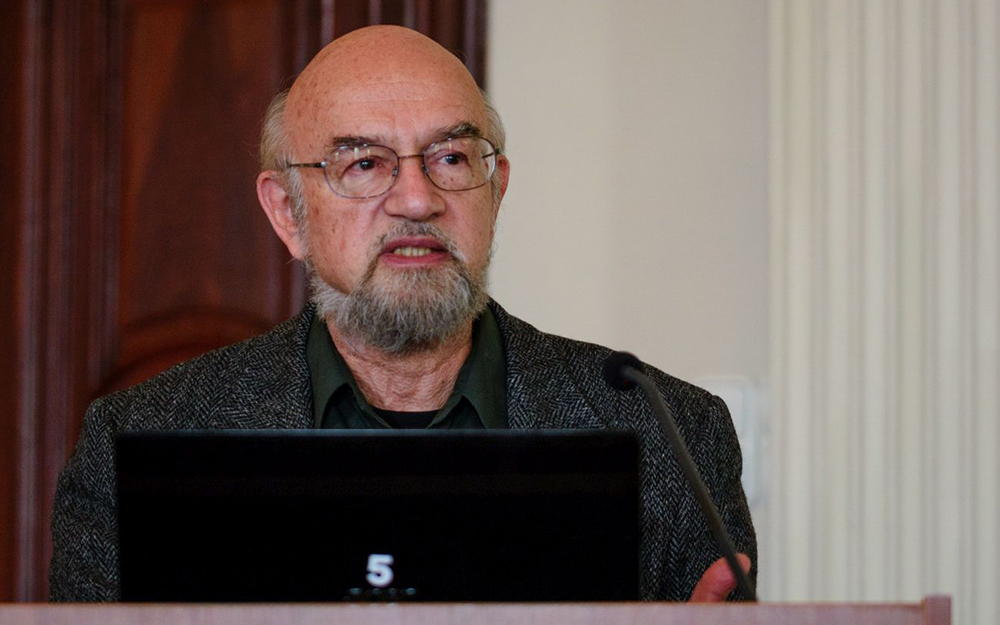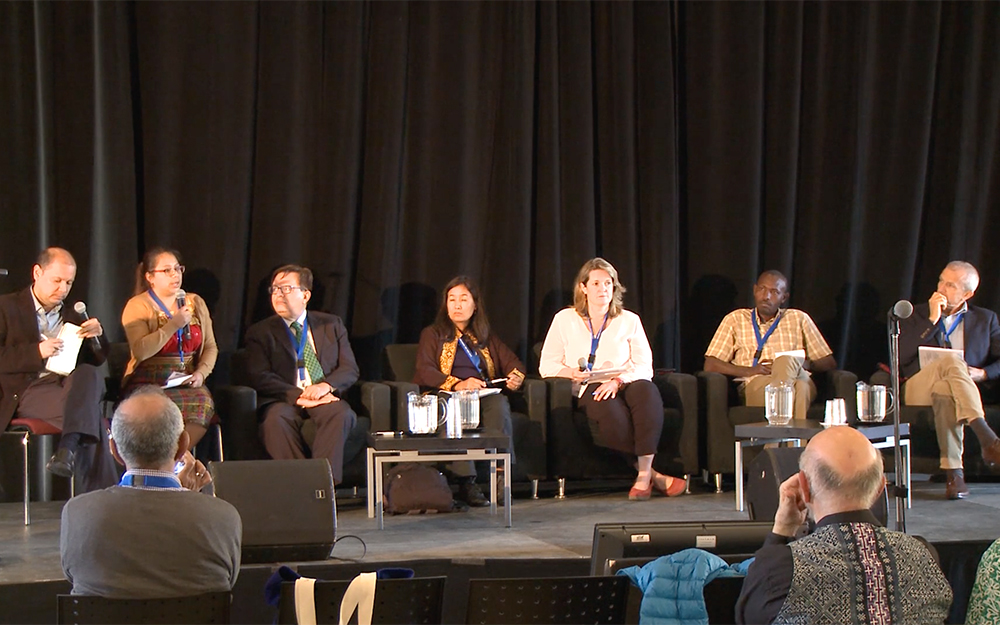Lawaiʻa Pono: Community-Based Fisheries Management & Preserving Hawaiian Subsistence Practices
[vc_row css_animation="" row_type="row" use_row_as_full_screen_section="no" type="full_width" angled_section="no" text_align="left" background_image_as_pattern="without_pattern"][vc_column][vc_column_text]Lawaiʻa pono means to fish righteously, in ways that honor the time-tested values and sustainable practices of our kūpuna (ancestors). Mālama ʻāina (to care for that which feeds; biocultural resources) is a challenge shared by island nations and...





